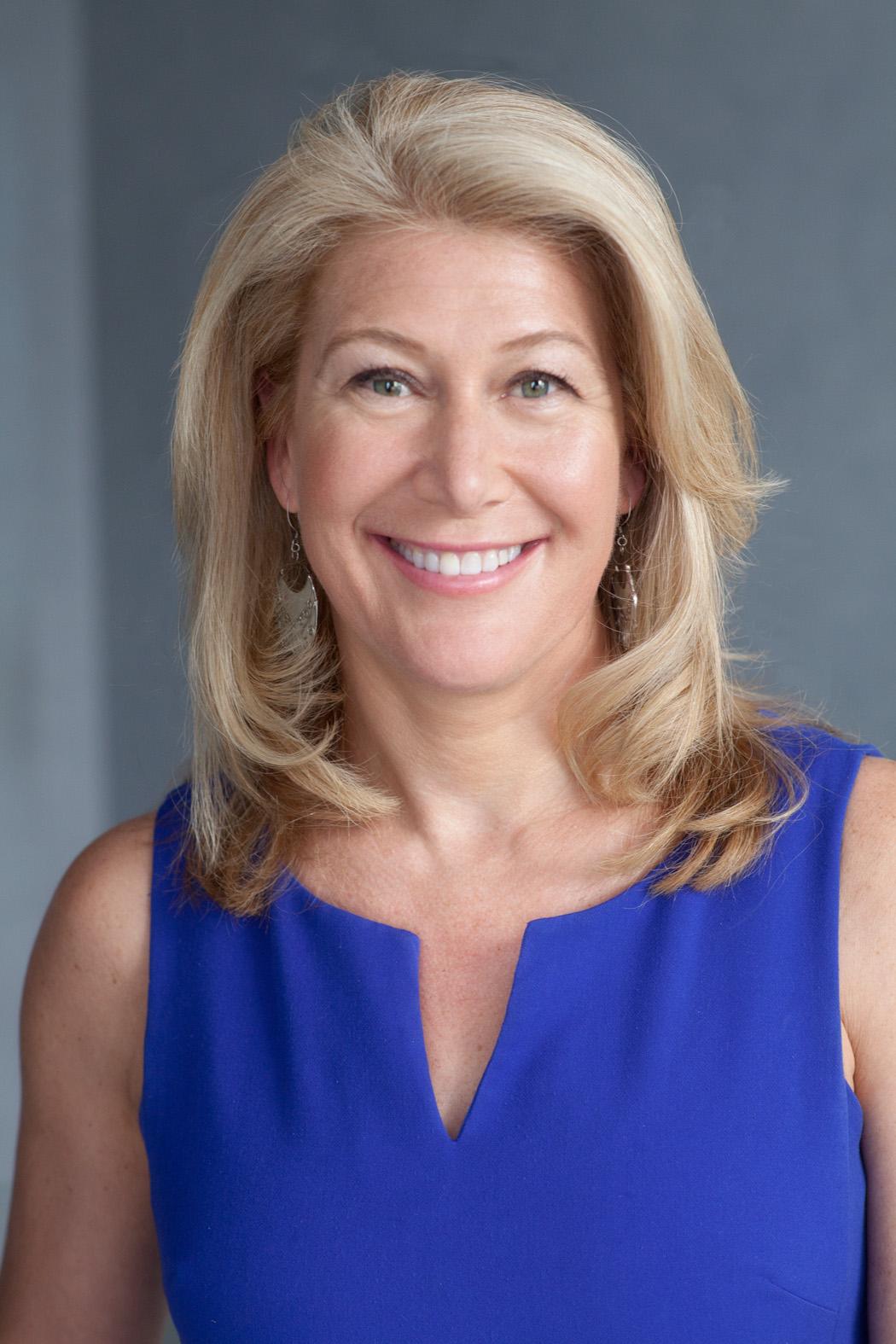For the last several years, psychology professor Lisa Miller has traveled the world to get out a message that everyone wants to hear: There is a solution to the crisis of wellbeing we see today, and it is well within our grasp. In fact, it’s our birthright, she says. Depression, anxiety, and the skyrocketing suicide rates in our young people can be alleviated only if we support their spiritual development.

Lisa Miller, author of "The Awakened Brain." Nina Subin






